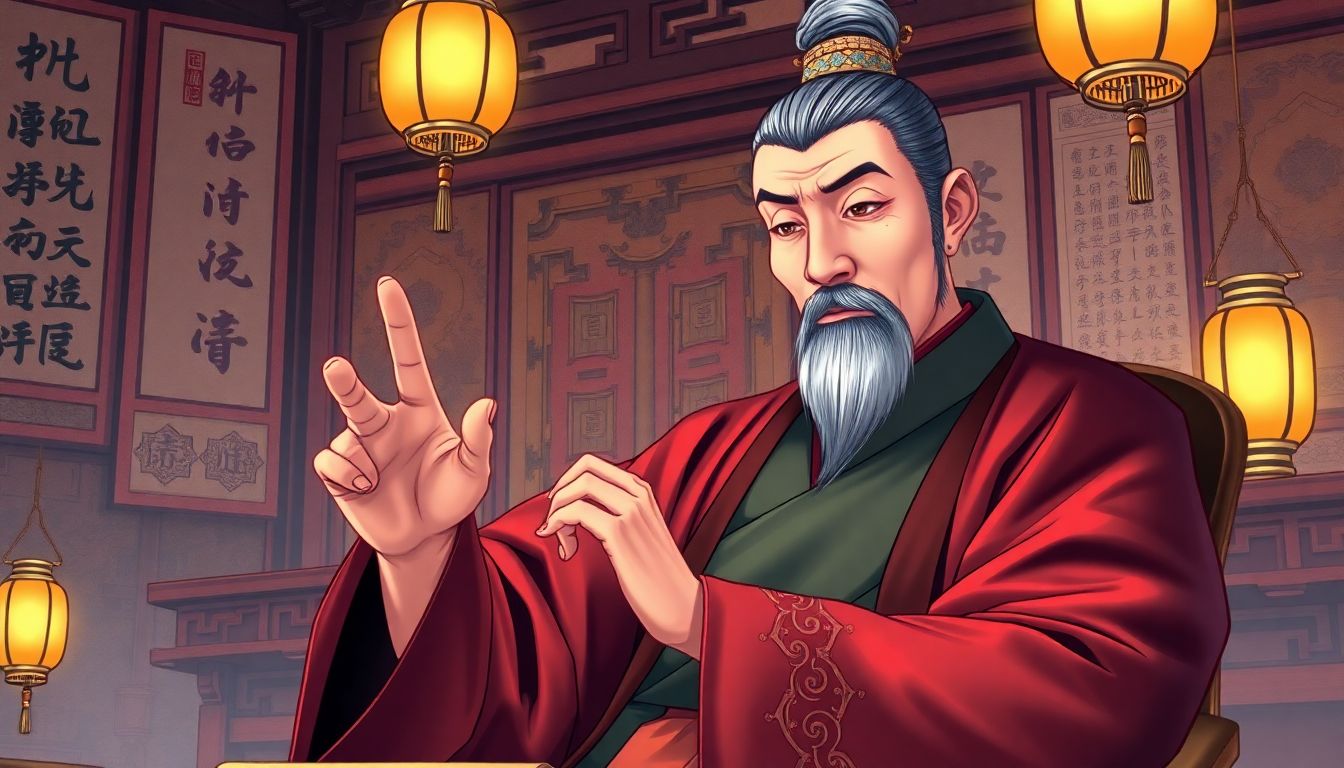
Decoding the Double Point: Why Ancient Chinese Pointed With Two Fingers
Ancient China's customs are rich and varied. One curious aspect is the practice of pointing with two fingers, the index and middle fingers, instead of a single finger. This simple gesture is more than it seems; it reflects social norms, cultural values, and deeper philosophies in ancient Chinese society. Let’s explore the reasoning behind this unique form of communication.
The Significance of Gestures in Ancient Chinese Culture
The Role of Respect and Hierarchy
In ancient China, respect played a critical role in daily interactions. Social hierarchy was paramount, and customs were created to honor these structures. For instance:
- Elders and those in authority were given utmost respect in both speech and behavior.
- Rituals often involved bowing and specific gestures to acknowledge seniority.
Gestures, including the way one pointed, mirrored a person’s social standing. Pointing with two fingers was a way to show humility and deference, making it essential in maintaining respect in conversations.
Nonverbal Communication and Etiquette
Nonverbal communication was vital in ancient Chinese culture. Many people relied on gestures and body language to complement their words. Some important aspects include:
- Specific hand signals were employed in various settings, such as ceremonies or casual gatherings.
- The two-finger point possibly represented politeness, as it avoided pointing directly at someone with a single finger, which could be seen as disrespectful.
This dual-finger gesture showcased consideration for others, making it integral to etiquette.
The Philosophical Underpinnings
Confucianism and other philosophies greatly influenced behavior in ancient China. These teachings emphasized harmony and balance in interactions.
- The philosophy respected the idea of moderation, which likely found its way into daily gestures.
- Pointing with two fingers may have embodied these principles, promoting a sense of unity and respect among individuals.
By adopting this unique pointing style, people adhered to the cultural expectations rooted in their philosophical beliefs.
Historical Evidence and Archaeological Findings
Examining Ancient Art and Literature
Exploring ancient art provides insight into the significance of gestures.
- Classical paintings and sculptures often depict two-finger pointing, highlighting its importance.
- Ancient literature sometimes mentions the style, suggesting it was recognized and perhaps ritualized.
These artistic examples help uncover the frequency and context of the two-finger point in society.
Comparing with Other Cultures' Gestures
To better understand this practice, it’s helpful to compare it with other cultures.
- In ancient Egypt, for example, gestures also played an important role, but direct pointing might have been considered offensive.
- Cultures in the Mediterranean region sometimes used whole hand gestures rather than fingers.
These differences demonstrate how unique the two-finger point was in ancient Chinese culture.
The Two-Finger Point in Different Dynasties and Regions
Regional Variations in Gestures
Across different regions of China, unique customs emerged, including variations in gestures.
- Some areas may have adopted the two-finger point while others relied more on traditional styles.
- Geography and local customs greatly influenced how gestures were perceived and used.
Understanding these regional nuances provides a clearer picture of ancient Chinese society.
Changes in Pointing Styles Over Time
Just like any practice, pointing styles evolved.
- Historical records indicate a transition over different dynasties, witnessing shifts in preferred gestures.
- The rise of the single-finger point might have begun during significant societal changes.
These shifts reflect broader transformations within China, where cultural influences played a major role.
The Decline of the Two-Finger Point and Modern Interpretations
The Transition to Single-Finger Pointing
The single-finger point eventually became more popular.
- This change likely emerged during the late Qing Dynasty and revealed the influence of Western practices.
- Increased cultural exchange caused new interpretations of gestures.
As social and political landscapes shifted, so too did the ways people communicated nonverbally.
The Legacy of the Two-Finger Point
Today, the two-finger point isn’t as common, but its legacy remains.
- Some still recognize its historical significance and may use it in specific contexts.
- The gesture acts as a reminder of respect and cultural heritage, reflecting ancient customs that shaped modern China.
Understanding this legacy helps preserve the unique aspects of Chinese tradition.
Conclusion: Unraveling the Mystery of the Double Point
The two-finger point in ancient China offers fascinating insights into the culture and social structures. It highlights the importance of respect, nonverbal communication, and philosophical ideas. This gesture, while simple, carries a depth that connects the past with the present, underscoring the value of tradition in today's society. As we continue to explore these unique facets, we appreciate the intricate tapestry of ancient Chinese culture and its lasting influence.